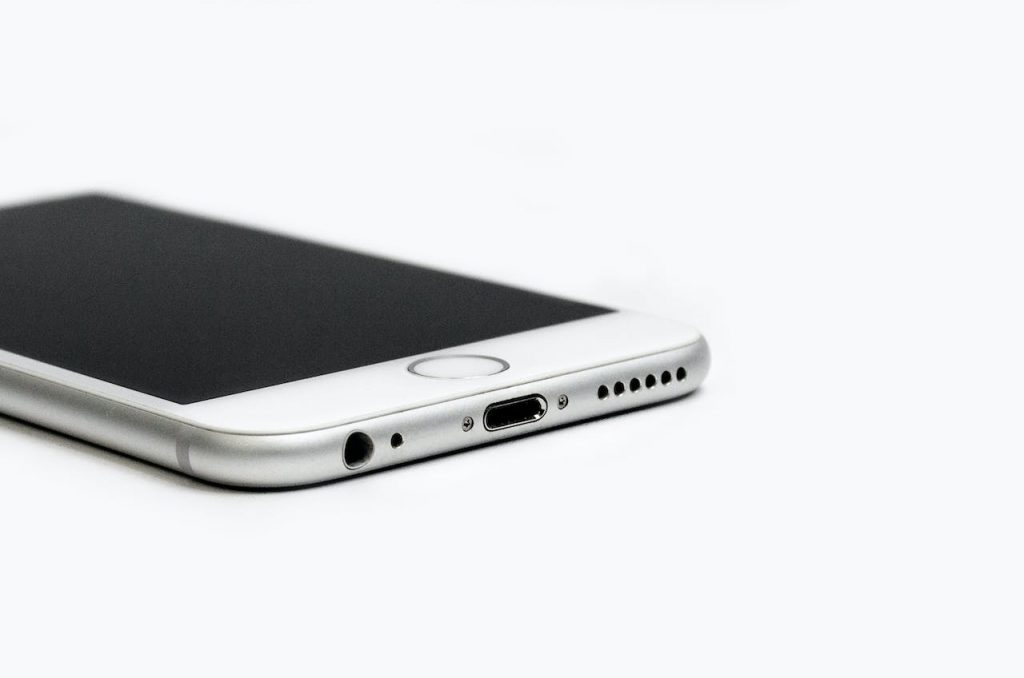Reading time: 3 minutes.
Introduction
The iPhone, a revolutionary product from Apple, has redefined the smartphone industry since its inception. This journey began with the development of the iPod, a groundbreaking device in its own right, and evolved into the creation of a phone that has set the standard for what a smartphone can be. This story is not just about technology but also about vision, innovation, and the relentless pursuit of excellence.

Chapter 1: The Genesis – iPod to iPhone
The iPod Era
Before delving into the iPhone, it’s essential to understand the groundwork laid by the iPod. Launched in 2001, the iPod was not the first MP3 player, but it was certainly the most impactful. Its unique design, user-friendly interface, and large storage capacity revolutionized how people listened to music. The iPod’s success was a testament to Apple’s ability to innovate and dominate a market category.
Conceptualizing the iPhone
Apple’s next big leap was fueled by a desire to combine the iPod’s music capabilities with the functions of a mobile phone and an Internet communicator. Steve Jobs, Apple’s iconic CEO, envisioned a device that could seamlessly integrate these elements into a single, elegant product. This vision was the catalyst for the iPhone.
Chapter 2: The Birth of the iPhone
Development Challenges
The road to the iPhone was fraught with challenges. Apple engineers worked tirelessly to create a user interface that was both intuitive and revolutionary. The development of a touch screen that could respond to multi-touch inputs was a significant technological hurdle. Additionally, integrating various functionalities into one device required a complete rethinking of phone design.
The Launch
On January 9, 2007, Steve Jobs unveiled the iPhone at the Macworld convention, declaring it a “revolutionary and magical product that is literally five years ahead of any other mobile phone.” This announcement marked the beginning of a new era in mobile technology.
Chapter 3: Redefining Smartphones
User Interface Revolution
The iPhone’s most significant contribution was its user interface. The use of a touch screen for direct interaction was a departure from the stylus or keypad-based phones of the time. This change made the iPhone not just a communication device but an intuitive and engaging gadget for all ages.
The App Store
The introduction of the App Store in 2008 was another game changer. It transformed the iPhone from a mere device into a platform for millions of apps, fostering an entire ecosystem of developers and businesses and changing the way software was distributed and monetized.
Chapter 4: Evolution and Innovation
Successive Models
Since the first iPhone, Apple has released numerous models, each improving on its predecessor. The introduction of Siri, the voice-activated assistant, in the iPhone 4S, and the shift to larger screens in later models are just a few examples of how the iPhone has evolved.
Design and Technology
Apple’s focus on design and technology has been relentless. From the introduction of the Retina display to the development of custom silicon chips, each iteration of the iPhone has pushed the boundaries of what’s possible in a smartphone.

Chapter 5: Impact on Society and Industry
Changing Communication
The iPhone has profoundly impacted how we communicate, access information, and entertain ourselves. It has become an integral part of daily life for millions of people around the world.
Influencing the Market
The iPhone set the standard for what users expect from a smartphone. It forced competitors to innovate and improve their offerings, leading to the diverse and advanced mobile phone market we see today.
Chapter 6: Challenges and Criticisms
Market Competition
Despite its success, the iPhone has faced challenges, particularly from competitors like Android-based phones, which offer different features and a more open ecosystem.
Criticisms
Apple has also faced criticism over issues such as the iPhone’s price, battery life, and the company’s approach to user privacy and data security. Each of these challenges has tested Apple’s ability to adapt and innovate.

Conclusion
From its iPod roots to its current status as the gold standard of smartphones, the iPhone’s journey is a testament to Apple’s commitment to innovation, quality, and user experience. As we look to the future, the iPhone’s legacy continues to evolve, shaping not just the smartphone industry but the way we interact with the world around us.





